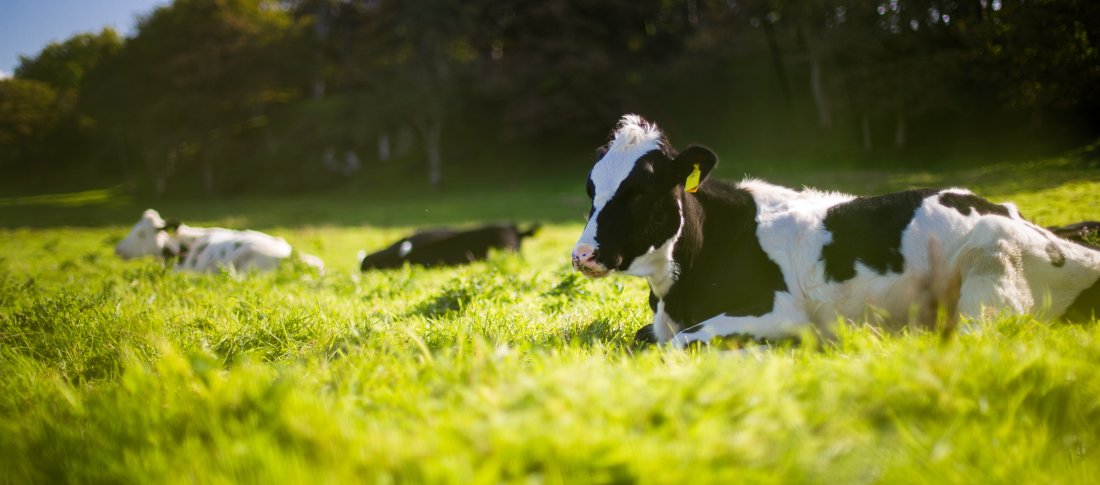For dairy cows, Megalac has been proven to increase milk yields and fertility while providing essential fat nutrients for productivity. Backed by decades of research work from universities and research centres around the world, as well as practical experience on farms, Megalac is a tried-and-true tested feed ingredient with a long history of success.
Here are 5 ways Megalac can enhance dairy farming efficiency:
Great source of energy
Megalac is an ideal source of energy for dairy cows, with many benefits. It provides cows with a steady and reliable supply of energy, making it easier to maintain productivity. Megalac has a high energy density that allows dairy farmers to use less feed while still achieving the desired effect, leading to improved feed efficiency.
In addition, Megalac can help improve fertility in cattle and increase milk production, important factors for maximizing productivity on a farm. The combination of its efficiency and its positive impacts on production and fertility make Megalac an excellent choice for any dairy farmer looking to bring the best out of their herd.
More milk
The average increase in milk yield, recorded across 18 research studies, is 2.3 litres/cow/day from a standard supplement of 450 g of Megalac per day. This additional milk is produced primarily from the increase in energy supply from Megalac which has an energy concentration over 2.5-times that of cereals. Megalac also has the highest measured net energy of lactation (NEL) value of any ingredient, indicating its very high efficiency for milk production. Adding Megalac to diets improves feed efficiency, producing more milk/kg feed.
The average increase in milk yield, recorded across 18 research studies, is 2.3 litres/cow/day from a standard supplement of approximately 450g of Megalac.
Better fertility
As a concentrated source of energy, Megalac increases energy supply and is targeted to improve energy balance and reduce body condition loss of dairy cows to increase the likelihood of successful pregnancy.
As a guideline, conception rate decreases by 10% for every 0.5 unit decrease in body condition score (5-point scale).
Megalac also increases production of progesterone, the essential hormone for pregnancy, and improves quality of eggs and development of embryos, all of which contribute to improved fertility. In research work at the University of Florida (USA), Holstein cows offered 450 g of Megalac/day for 120-days from calving had higher conception and pregnancy rates.
‘Safer' diets
Megalac is an excellent ingredient to help formulate more-balanced rations which can help reduce risk of digestive disorders. Unlike liquid oils or other high-oil ingredients, Megalac does not disrupt fibre digestion in the ration. While it passes through the rumen intact (at an ideal pH of over 6), it breaks down in the acidic small intestine (pH 2.5) to release its fat and calcium content, which can then be digested and absorbed.
Energy without acid - Megalac supplies energy as fat which, unlike starchy sources of energy such as cereals, is not fermented to acid in the rumen. This enables increased energy supply without increasing risk of acidosis and associated health problems such as lameness.
Can help reduce methane emissions
By increasing rumen-protected fat in the diet, farmers can reduce the proportion of fermentable feed available in the rumen, leading to lower methane production. This not only helps to reduce global warming by lowering emissions, but it also reduces energy loss and makes more energy available to support production and fertility. Lower methane production is an added bonus!
